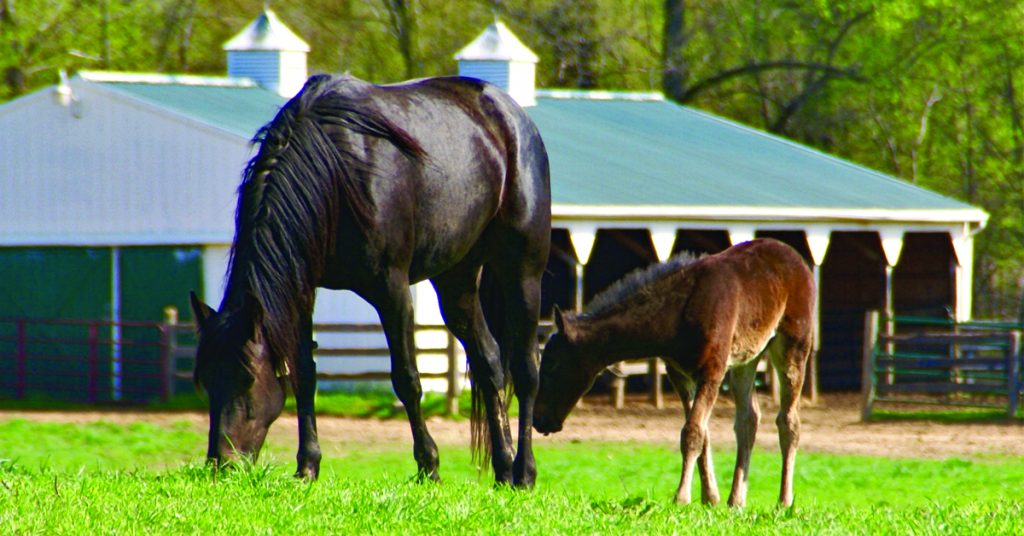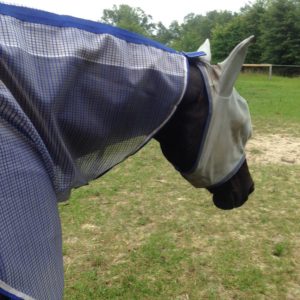 A house fly zips from a pile of manure straight to your horse’s eye—or the rim of your water bottle—with its feet coated in germs. A biting stable fly gives your ankle a searing sting, and you understand why your horse stomps his legs so often. Take control of the fly situation at your barn using these proven methods and a few essential items.
A house fly zips from a pile of manure straight to your horse’s eye—or the rim of your water bottle—with its feet coated in germs. A biting stable fly gives your ankle a searing sting, and you understand why your horse stomps his legs so often. Take control of the fly situation at your barn using these proven methods and a few essential items.
- Repel or kill flies around your horse with fly spray. Which one is right for you? There’s no right or wrong answer. Just remember that a repellent discourages flies and other insects from landing on your horse, and an insecticide kills insects that come in contact with it. Some fly sprays combine both actions.
- Capture flies with traps. You’ll need two kinds, one for stable flies and one for house flies, because the different species are lured to their traps by different means. A house fly is attracted by odor; a stable fly is attracted visually. Both types of fly traps should be hung outside your barn so as not to invite flies inside.
- While you’re keeping stalls scrupulously clean and free of fly-attracting odor, clean feed tubs to remove food particles, and sweep away any damp bedding under water buckets.
- Install fans that move air around your horse’s stall and the barn aisle. Flies have trouble landing on your horse in the “wind” from the fan.
- Keep weeds and grass near the barn and fence lines cut short. Flies land on long grass to escape from the sun. Take away these resting spots, and they’ll move elsewhere.
- Clean up piles of decaying organic matter, such as leaves or grass clippings, and encourage rapid breakdown in any manure compost piles using lime and a covering that will keep in heat. If manure is spread on the property, make sure it’s less than one-half inch thick. Flies need tepid, moist, organic material for breeding grounds.
- Throw a housewarming party. Birds and bats eat flies and other insects, so invite them to take residence by hanging bird and bat houses.
In addition to controlling flies around your horse, you can further protect him with a fly mask, fly sheet or fly wraps. Many of these items provide UV protection as an added benefit. Be sure to remove urine and manure stains before putting fly coverings on your horse.



